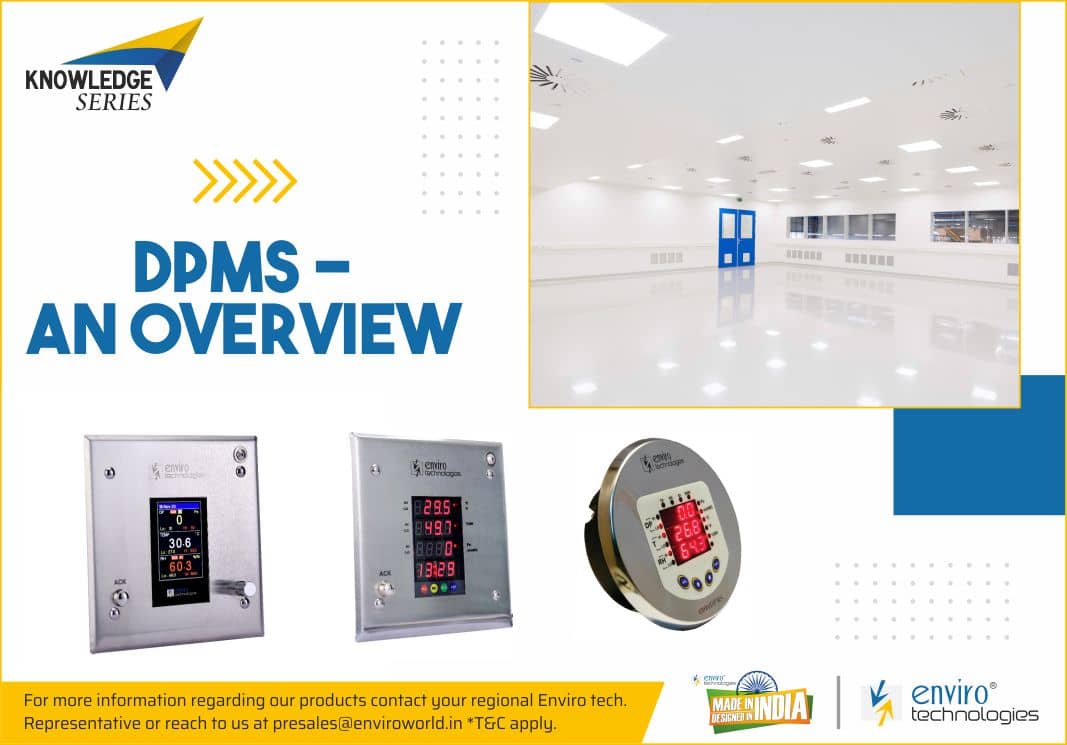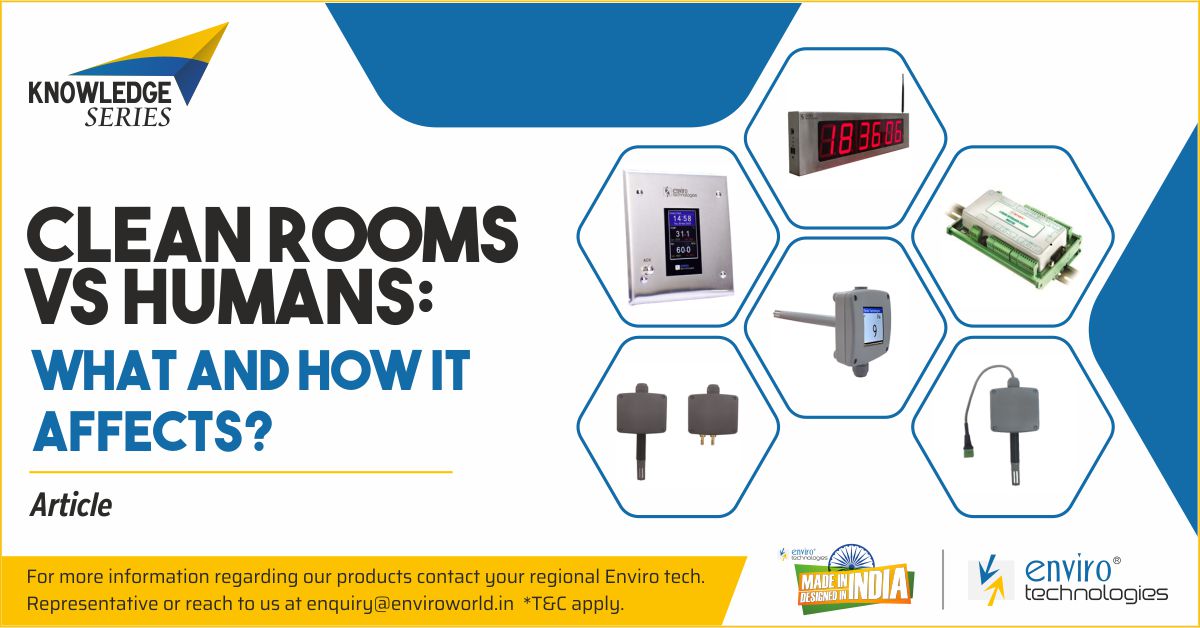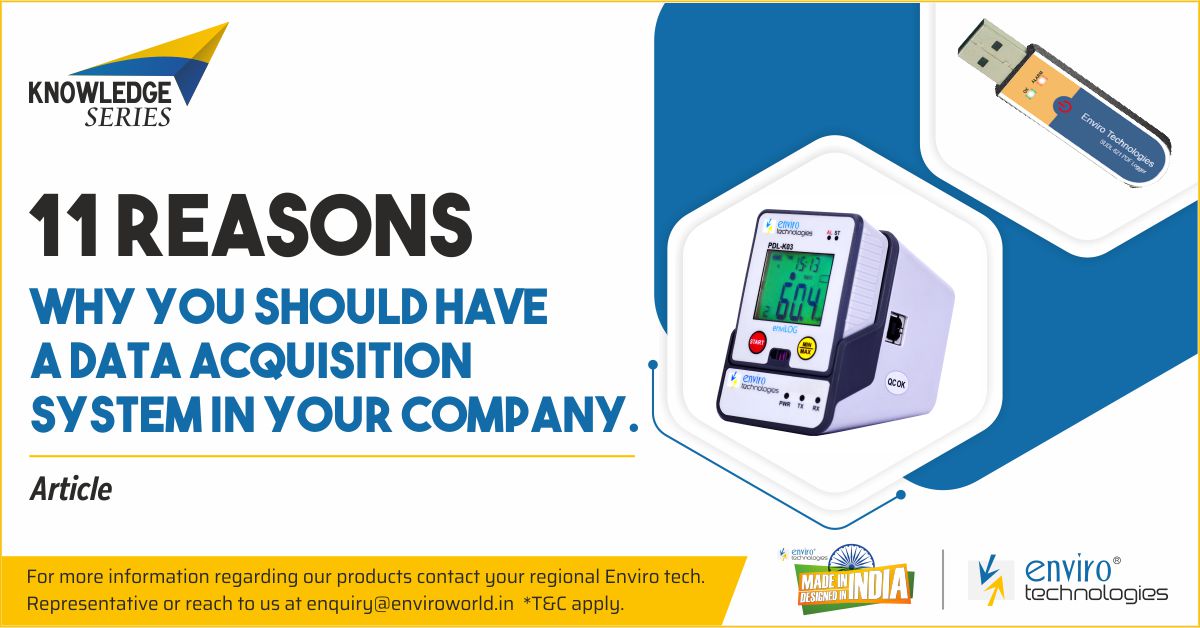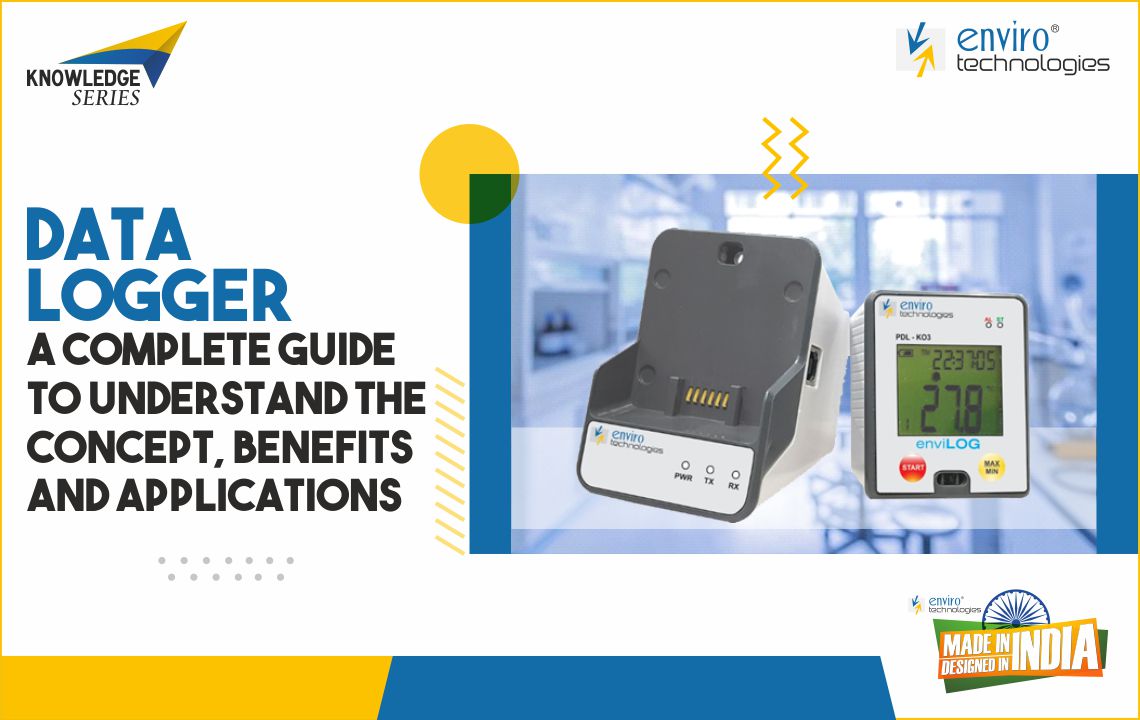A data logger is an automated electronic device that registers the data provided by the sensors in the laboratory for equipment functionality and environmental settings at intervals. Data is recorded at constant intervals that enable the users to observe appropriate conditions at that particular moment.
Now the problem with the data logger can be explained through an example of the temperature data logger. The temperature data logger is adjusted to record the output of the temperature sensor every 10 minutes. If the temperature exceeds the threshold set, the system will only send an alarm during the following measurement and not at the threshold instance. If a sensor goes out of scope, after a while, if it returns to normal, then within that time gap, nothing will be activated or recorded.
However, a data logger is an adequate substitute for the manual recording of the data as they generate a high quality of data. Regardless, there are a few common problems that the users face that is associated with memory size, incongruent data points, missed alarms, battery lifespan, concealed costs, and system management.
Following are the seven problems that people experience with data loggers and how the users can overcome each one of them:
1. Incongruent Data and Data Storage Restrictions
The laboratory scientists use data loggers to record and observe essential data that can either reduce or enhance the quality of the research. It is vital for scientists to accurately collect and store data points from numerous environments and gadgets. Nevertheless, the data loggers come with limited memory capacity, leading to manually obtaining data and requiring extra data loggers on location to ensure that the present laboratory instrument is supervised during the process.
The data needed for one particular research will tend to grow more than the available storage capacity of the data logger over time. Therefore, the data will be saved to various locations and might be challenging to analyze later on.
Additionally, the data logger saves data points at set intervals; on the other hand, a real-time data acquisition system instantly identifies the gap in the set parameters and automatically stores the data every five seconds. Data acquisition systems like enviroSCAN is a multi-channel scanner and a data logger that is not restricted by the memory storage capacity (15000 transactions) can quickly store data for further use.
2. Missed Alarms During Network Failure
Data loggers aided scientists with the alarm system; if something went wrong, it would immediately notify the concerned person that the device or environment has gone out of parameters. However, in case of network connectivity issues, several critical alarms might go unnoticed. It is a great challenge as it obstructs an appropriate and fast response from the employees in case of a threat. An even more enormous challenge is faced by the people when the network is improved.
For example, a laboratory that has numerous temperature data loggers. When the network revives, every alarm will try to re-establish connectivity, and as an outcome, thousands of devices will try to connect simultaneously. In turn, the system will be overloaded, leading to the vast number of alarms turning off simultaneously, resulting in alarm exhaustion and therefore go undetected. A data acquisition system that sends alarm instantaneously should have 4G connectivity with data buffer to prevent any loss as a result of missed alarms.
3. Gaps in Between Data Measurements
Data loggers have proved helpful for various laboratory personnel as it reduces the unnecessary task of recording data manually at set intervals. To encourage uniformity and generate quality samples, data points must be noted at the set intervals, yet the activity between the intermissions should not be ignored.
The data loggers only possess the ability to document the output of the sensor and set off an alarm if it is out of limitations. It leaves a space for a massive error if samples experience detrimental situations when the data logger is not automated to record.
For example, a temperature data logger does not facilitate the following situations. The door of the refrigerator is open at the start of the hour, immediately after the data logger has noted the reading of the temperature sensor. Meanwhile, until the next temperature is indicated, the alarm goes off, so there is a high possibility that it might go unnoticed that the door was open. During this time, the internal environment of the refrigerator is becoming even warmer, attaining a point outside of the logger's parameters and thus threatening the integrity of the samples inside.
4. Risk of Human Error in System and Configuration
Data loggers are simple devices that are supposed to be configured and customized by the user. There is no support provided by an expert with purchase. Although data loggers are easily moveable devices, they might be erroneous as they can be easily transported around by anyone, so the users are unaware that it can have a negative impact on the calibration of the sensor.
During the continual substitution of the data loggers, invalid calibration can take place if sensors are plugged into an incorrect logger. For example, even if everything happens smoothly, untrained personnel might not be able to know if a probe is too close to a cooling element. Data acquisition systems like enviroSCAN are advanced methods for supervision as they allow web-based connectivity in various locations through warehouses monitoring software and doesn’t leave a space for risk of human errors.
5. Battery Power
Battery Power of data loggers poses another big challenge for the laboratory as it might require a continual change of batteries of the loggers. The cost of personnel increases as they are specifically hired to physically change the battery of a significant number of loggers on site. It highlights the associated post-purchase costs.
Another vital element is that replacing the batteries of data loggers comes with the further possibility of invalidating the calibration of the sensor. Every time the battery is changed, there is a slight difference in the voltage compared to the previous one. It can have a detrimental impact on the capacity of the sensor to record systematically. To overcome this a high- quality data acquisition system can help to save power and keep up the system until the electricity is restored.
6. Hidden Costs
Data loggers appear to appeal to the buyers by their quality of being reasonable, convenient, and providing basic security. Although, not all data loggers are suitable for laboratory purposes or planned to last long. Consequently, they turn out to be unsustainable devices for best practices in the lab. They are required to be continuously changed with time. Thus, while reasonably priced, the original cost of the data loggers comes with much more additional cost. A single-use data logger SUDL - 518 is an ideal solution for recording the data especially during a shipment to avoid an issue pertaining to battery. It is a compact, waterproof device that can store data and can be used for up to 12 months.
7. Limited Parameters, Multiple Systems
The utility of the data depends on its accessibility for analysis. Although, the data obtained from a data logger will likely have to be worked out due to the involvement of various systems. Every data logger in a laboratory will not be standardized for analysis and will require particular attention. Due to a significant number of systems, there are continuing costs and heightening problems for the organization.
In turn, there might be a requirement for additional statistical software to complete the exhaustive work of preparing spreadsheets and graphs. Even after implementing the additional software, the problem of analysis and report generation between the numerous systems cannot be properly drawn up. Data acquisition systems are completely equipped with software that can produce quality reports and provide numerical data for analysis.
Conclusion
Data Loggers are efficient equipment with powerful abilities like providing real-time monitoring, logging, charting, and alarming of your data. Data loggers can go far in assisting industries in tackling their most frequent issues. On the other hand, there are still further improvements that the manufacturers can address in the future.




















